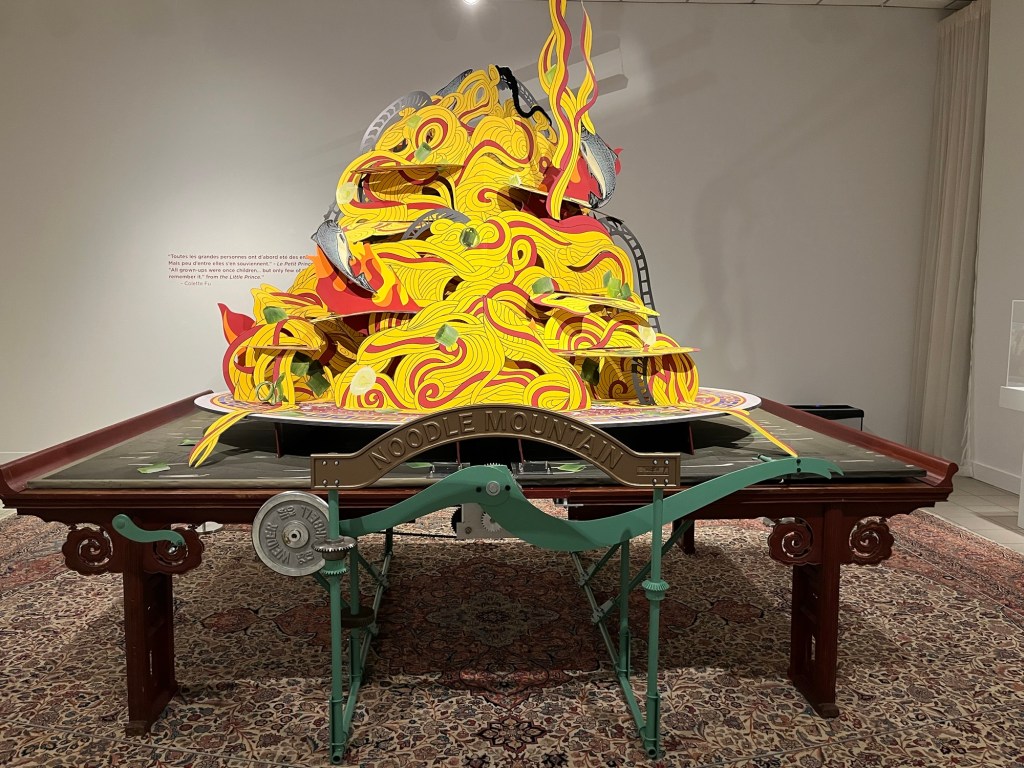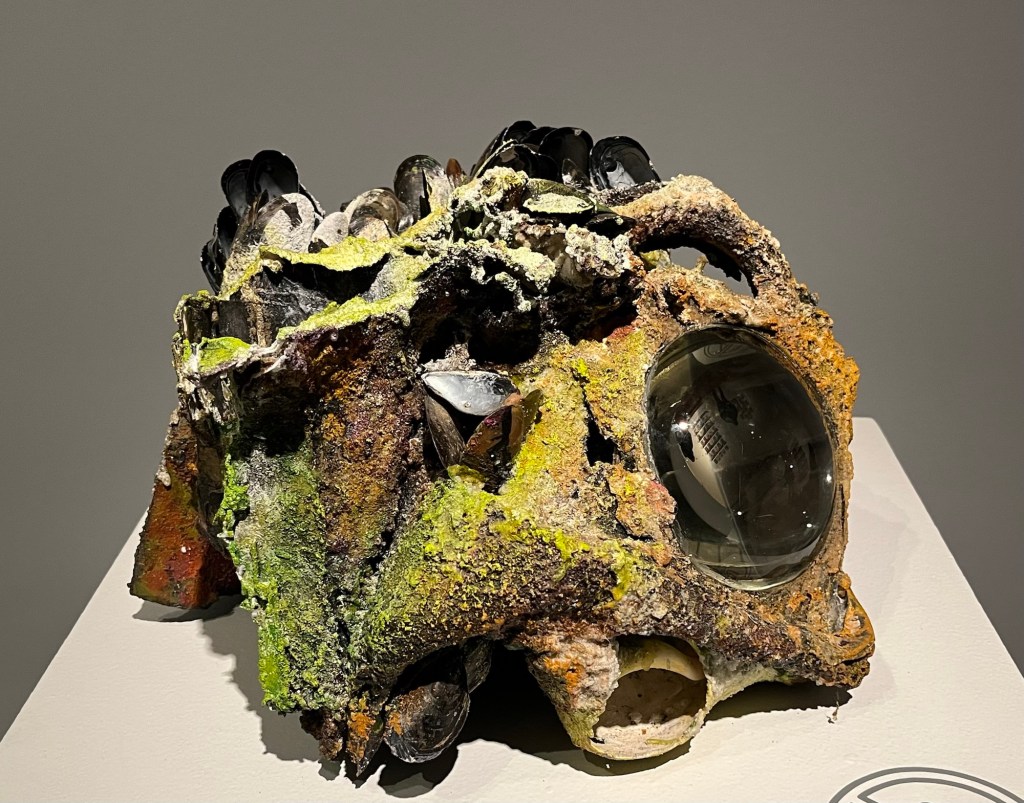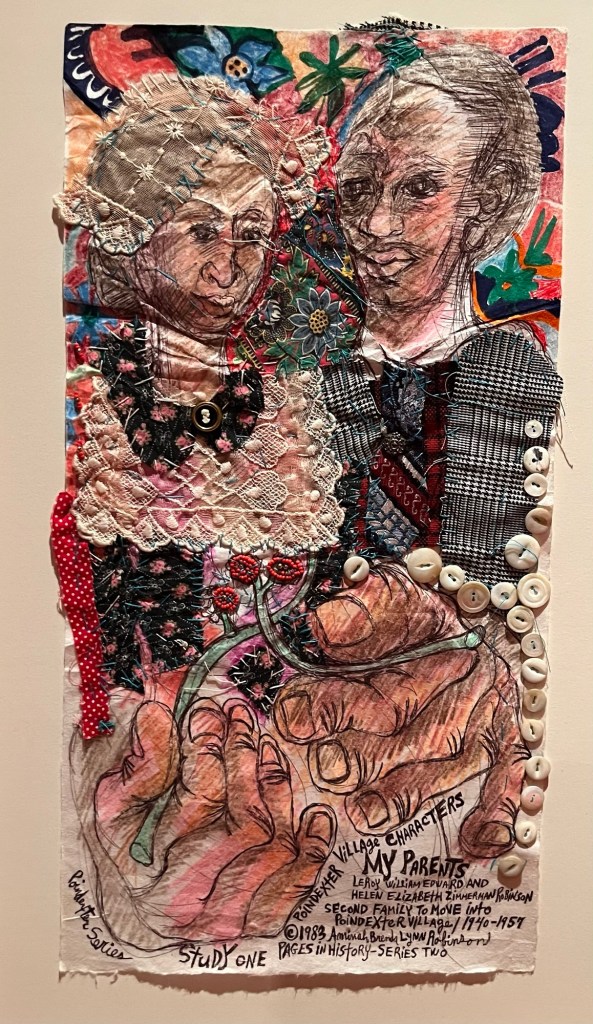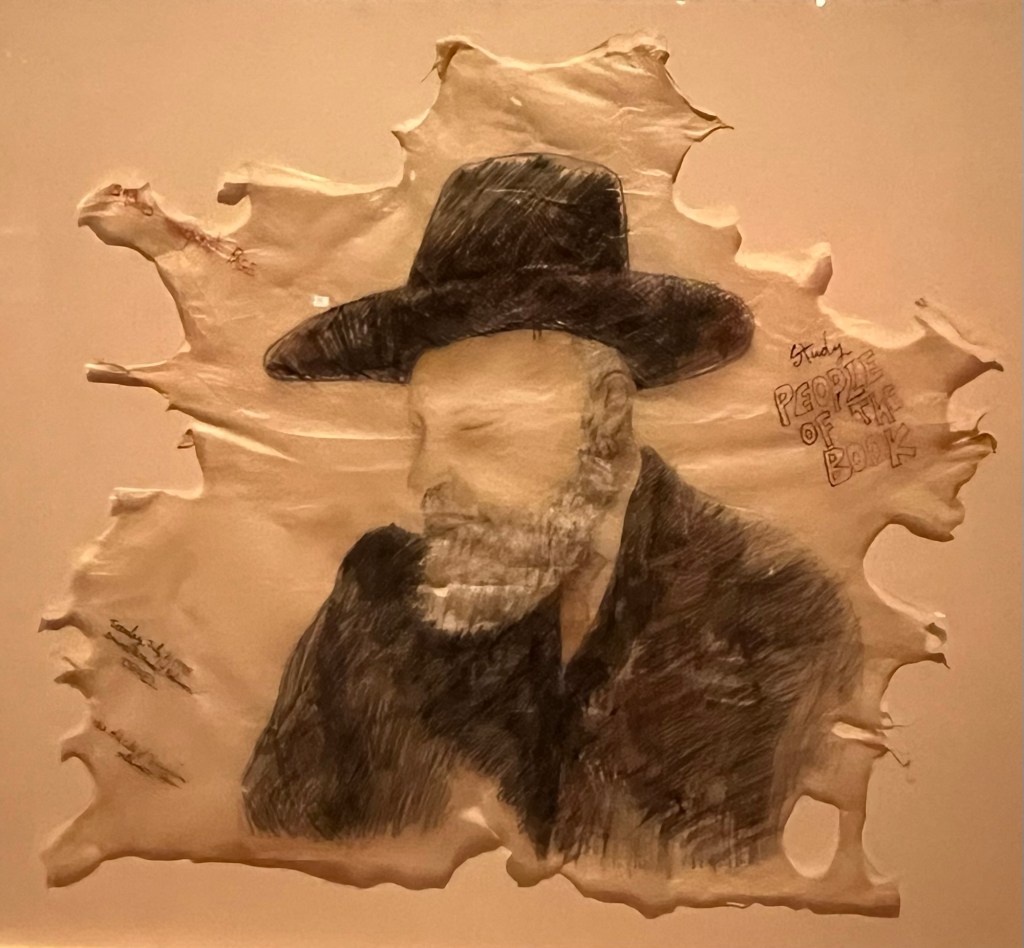In between the days of Chuck Berry and the era of The Rolling Stones, there was Mitch Ryder and the Detroit Wheels. Turn on rock radio in the mid-60’s, whether the popular AM stations or the new FM alternatives and you’d hear “Devil with a Blue Dress On” or “Jenny Take a Ride” or “Sock it to Me, Baby.” One writer (Scott Benares of the Fort Lauderdale News, Sept.. 23, 1983) described a band “fronted by a nervous, brassy kid named Bill Levise Jr. who had an aggressive, gravelly voice that leaped off vinyl and nearly mugged listeners.”
William Levise Jr., was Mitch Ryder’s real name. Born in 1945 in a Detroit suburb, the story is that he found his performance name in a Manhattan phone book.
By 1968, poof! Mitch Ryder and the Detroit Wheels were no more. Things spiraled downward from there. William Schmidt of the Detroit Free Press (March 5, 1972) offered this summary: “It’s difficult to say just where things went wrong. Maybe in late 1966, when he broke up with the Detroit Wheels and was set on a new and disastrous course by his manager. Or maybe in 1968, when he was billed briefly as a cabaret star and his agents released this bomb recording, Mitch Ryder’s funkless rendition of ‘What Now, My Love?’ But by 1970, there wasn’t much left. That’s the year Mitch’s wife sued him for divorce, and the judge gave her custody of Mitch’s little boy and girl. And then, in 1971, there was the bankruptcy, $176,000 unpaid bills. About $15,000 in unpaid income tax. Another $24,000 owed to a booking agency. $9,000 to the musician’s union. And dozens of little bills – $5 here, $30 there, $12 someplace else – all of it owed to motels and restaurants and gas stations that Mitch Ryder had passed through during the last two years, moving around and running out of luck. Playing out his time and losing all his money.”
Ryder would later tell Robert Palmer of the New York Times (June 29, 1983): ”The people who were running my career thought I should go to Vegas and become the new Tom Jones. And I couldn’t handle it; the schmaltz just wasn’t me. Unfortunately, I’d been real young when I signed with (producer Bob) Crew, and essentially I said, ‘I don’t care what you do to me, just make me feel good.’ I did, for a while. But in the end, people made millions off of me and I didn’t come out with much of anything. Ever since, I’ve been kind of gun shy.”
For a while, he left music behind. “Unhappy with the route his management was forcing him to go musically, Ryder chose to walk away from the industry from 1973-77. ‘I did menial labor – worked around dangerous chemicals,’ is all the always outspoken, but fiercely private Ryder would say. ‘I had to. … I did what I had to do.’” (Federico Martinez, Muskegon Journal, July 16, 2009)
For the next five decades, he has been on the comeback trail. A trail with its ups and downs. He got a boost in 1983 when he connected with John Couger Mellencamp. The latter produced a Mitch Ryder album titled “Never Kick a Sleeping Dog.” While nowhere near the success of the Detroit Wheels era, it was well received. But another setback would follow.
“…serious problems with alcohol and drugs took their toll. A negative review of one of his shows in a Calgary newspaper helped convince Ryder it was time to enter a rehabilitation program. ‘There was a Calgary headline that said, ‘Ryder Bottoms Out’,’ explained William Levise Jr. ‘And I guess I agreed with him.’
“‘Two years ago I entered the hospital, and I’ve been clean ever since – not a drop. The importance for me is just being out there. I need to work.’” (Nick Krewen, Hamilton Spectator, Jan. 25, 1990)
One year after that was written, Ryder is back on the road and Jeff Spevak of the Rochester Democrat and Chronicle (Dec. 23, 1991) had this review of one of his shows: “The band filters onto the stage in darkness, watched by the glowing red bat eyes of the amps and a comfortably full house at the Horizontal Boogie Bar. These people want to see a genuine rock ‘n’ roll legend of the ’60s.
“But which one of these coffee-house beatniks is Mitch Ryder? The Wheels, serious-looking musicians – bang on their instruments to make sure they’re plugged in as roadies with handcuffs on their belts (what kind of trouble are they expecting?) do some last-minute tinkering. Then one of the men in black speaks – he’s opening the show by introducing the members of the band. So, that’s Mitch Ryder. He’s wearing dark glasses, his hair swept back over his head. The rock ‘n’ roll legend looks like Jack Nicholson. Ryder shifts through the fragments of the ’60s like a man kicking around the pile of rubble that was once his house before the tornado came through town.”
Ryder has been a nostalgia act going on 50 some years now. But not in Europe.
“‘I literally have two parallel careers,’ Ryder said via phone recently. ‘My European career started in 1978, and I record fresh material almost every year. The European stuff keeps my creativity elevated.
‘I love giving the people what they want, but I get more gratification performing the new stuff. In this country, people aren’t interested in the art; all they’re interested in is a time period.’ (Timothy Flynn, Flint Journal, Aug. 6, 2009)
One other issue hampered Ryder in the U.S.
“’I have a contemporary life. I play gigs with people that are currently happening over there. It’s better for me in Europe than it is in the U.S.’ In fact, Ryder reports that he regularly releases albums in Europe. ‘My last album was called Rite of Passage, and was cut with East German jazz musicians,’ he says. ‘It’s one of the best albums I’ve ever done.’
“Ryder says Rite of Passage will never see the light of day in North America for controversial reasons- – namely a song supporting an infamous U.S. doctor renowned for physician assisted suicides. ‘I’ve had to suppress it here because I wrote a song to Dr. Jack Kevorkian, who’s a personal friend,’ explains Ryder.
“’It got a lot of negative press here, especially around Detroit last summer. They prohibited me from doing the song at a state fair, so I refused to play the fair. That’s what I like about doing music over in Europe. You can do things without fear of consequences or reprisal.’” (Nick Krewen, Waterloo Region Record, April 11, 1995)
In 2012, Ryder released an autobiography titled “Devils & Blue Dresses: My Wild Ride as a Rock and Roll Legend,” a title he professed to hate. Brian McCollum of the Detroit Free Press offered this summary (Jan. 12, 2012): “It’s an exhaustive — and sometimes emotionally exhausting — account of his tumultuous life and career, a trip that began with ’60s hits such as Jenny Take a Ride! and Devil with a Blue Dress. For Ryder, the book was a tough but cathartic journey that found him revisiting his early whirl of fame, the start of a personal roller coaster that included showbiz foul play, busted marriages, periods of drug abuse and squalor, betrayals both dished out and received. Salted with dark humor, peppered with political and cultural asides, the book includes glimpses at local rock personalities — from Bob Seger to Creem magazine staffers — and Ryder’s celebrity anecdotes, including partying with the Beatles and watching Bob Dylan record Highway 61 Revisited.”
Now 80, Ryder is still making music and playing gigs. In 2024 he released a double live album on a German label called “The Roof is on Fire.” Last year saw a new studio album called “With Love” that he recorded in Detroit. In August he was the headliner at the Waukesha (Mich.) Rotary Blues Fest.
Then, in November, he showed up for a gig that was booked more than 50 years ago.
“The year was 1968. Rock and roll group Mitch Ryder and the Detroit Wheels were scoring hit after hit across America, with singles like “
‘Sock It To Me’ and ‘Devil With A Blue Dress On’ dominating radio airwaves.
“So it’s easy to understand why students at Wooster (Ohio) High School were ecstatic to learn that Mitch Ryder himself was coming to town to perform a concert — just for them.
“Until he didn’t.
“At the last minute, for reasons still unknown, Mitch Ryder finked out.
“Our student newspaper had the headline ‘Mitch Ryder Finks Out Quick,’” recalled Carolyn Robinson, Wooster Class of 1971.
“The concert had been a prize from a WKYC radio contest, challenging area schools to raise money for the American Heart Association.
“Then, nearly six decades later, Robinson found herself fundraising to restore Wooster’s historic Lyric Theater. That’s when inspiration struck.
“‘I thought, I’ll reach out to Mitch Ryder and see if he’ll come to Wooster to fulfill his promise from 57 years ago,’ she said.
“To her surprise, he said yes.
“This week, the now 80-year-old musician, still touring globally and riding high on a Billboard top-five album, returned to Wooster to make amends.
“His first stop was a meet-and-greet at the Lyric Theater, followed by a visit to the Wayne County Historical Society. Then, at long last, he headed to Wooster High School — the scene of the long-ago cancellation — to finally deliver the performance that never was.
“‘I’m here now to bring joy and happiness to everybody,’ Ryder said. ‘Most of the people out there are my age — we’ll have to check their pulses every once in a while!’ (Author: Mike Polk Jr. and Zachariah Durr, WKYC [Cleveland], Nov. 7, 2025).
-0-
(Newspaper stories cited above were accessed on newspapers.com.)
See also, Whatever Happened To?



















































































